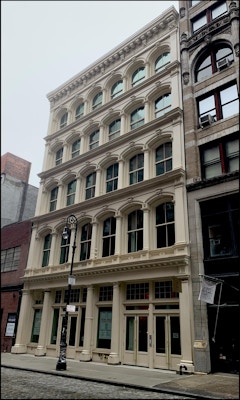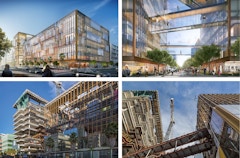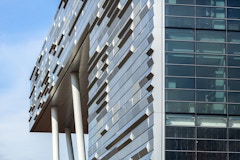Fit for the Future
Wearables protect us from climatic conditions, they provide privacy, comfort and they also reflect our style and personality. Building facades in the
Wearables protect us from climatic conditions, they provide privacy, comfort and they also reflect our style and personality. Building facades in the


This paper will explore steel forming methods other than cold drawn or hot rolled processes, and how they allow steel to be utilized as the primary



Projecting imagery onto building facades is not only becoming a marketing necessity for successful urban spectacles but is also altering social urban

Stainless steel has been successfully used in building envelopes since the completion of the Chrysler building in 1928. Today, it is used as both a

3.5 billion years ago, cyanobacteria created the foundation for life on Earth by producing the oxygen basis for our atmosphere. Should we once again



ASTM E 1300 Standard Practice for Determining Load Resistance (LR) of Glass in Buildings defines the load resistance of a glass construction as being

In 1871, a fourth level Architecture course was offered in New York City that instructed on topics such as heating, ventilation and circulation of


For a new corporate headquarters in San Francisco’s Mission Bay district, SHoP Architects designed a semi-conditioned atrium space inside the


In the vein of mass production, manufacturers leverage repeatable parts and modular construction in an effort to maximize quality control while

How has the role of the façade evolved in light of the COVID-19 pandemic and ongoing fight to combat the climate change crisis? As companies grapple

ASTM E 1300 “Standard Practice for Determining Load Resistance of Glass in Buildings” defines the load resistance of a glass construction as being